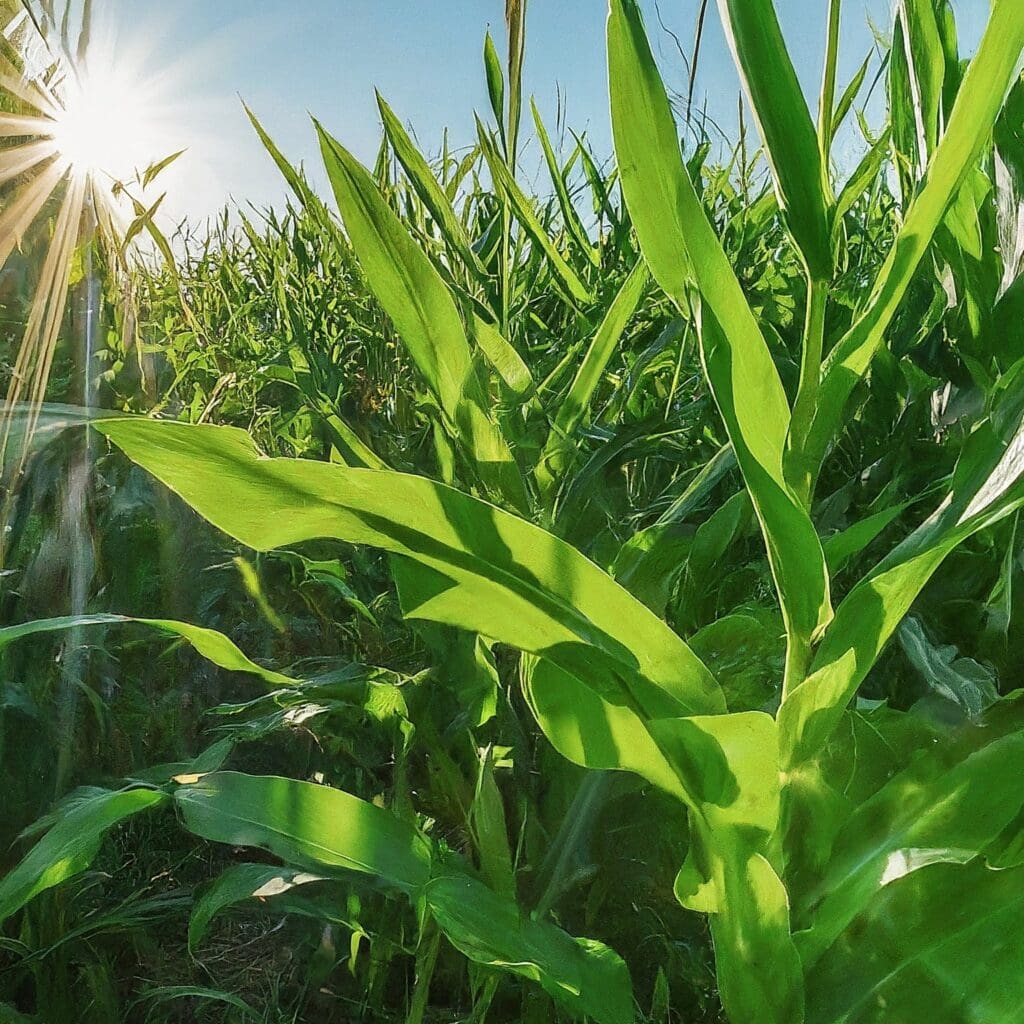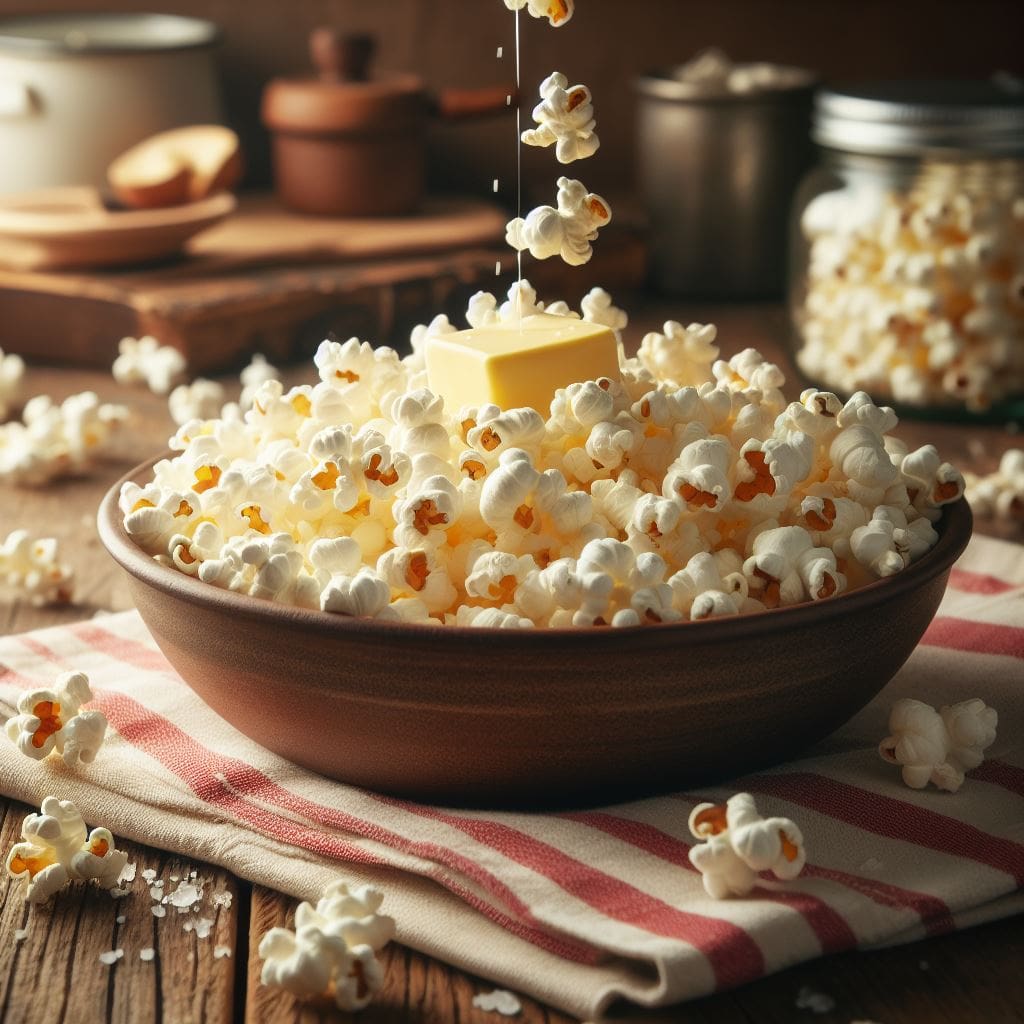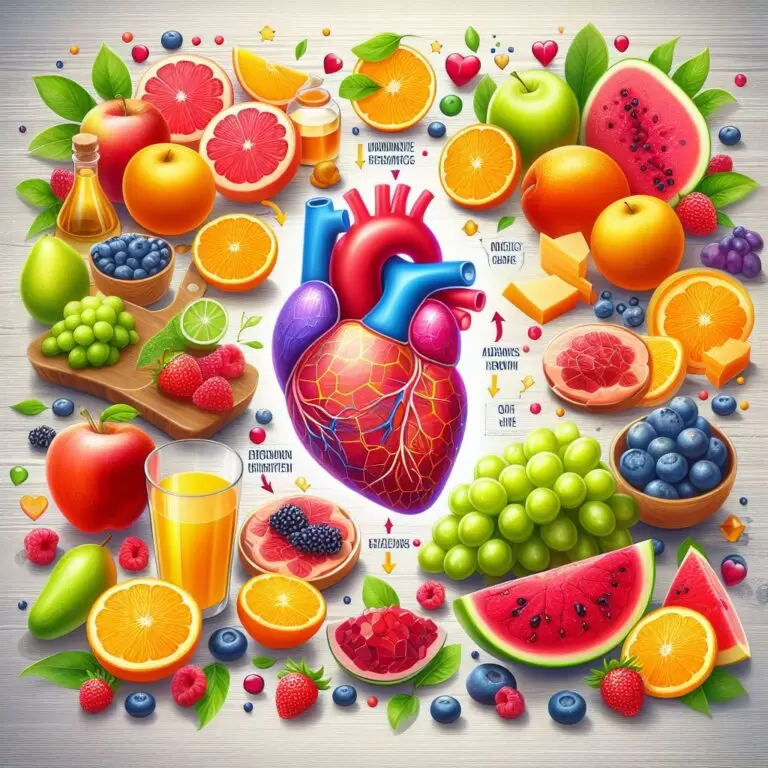
Corn, scientifically known as Zea mays, is a type of cereal grain that is widely cultivated for its edible kernels. It is a staple food in many parts of the world and is also used as animal feed and in the production of biofuels.
Notably, it can be used to make many different kinds of tasty and healthy foods. Corn comes in many varieties, each with its unique properties and uses.
The most common types of corn include sweet corn, which is consumed as a vegetable, and field corn, which is mainly used for animal feed and industrial purposes. You’ve probably eaten things like corn on the cob, popcorn, tortillas, and cornbread, all of which are made from corn.
Even though it might seem like a simple type of grain, corn is a versatile crop that can be transformed into a wide range of delicious and nutritious foods. Likewise, it can be consumed fresh, roasted, boiled, or grilled, and is a popular ingredient in many dishes worldwide.
This staple can also be processed into flour, meal, or grits, which are used to make bread, tortillas, cereal, and other baked goods.
In addition to being tasty, this staple crop is also highly nutritious and contains a variety of essential vitamins and minerals, including vitamin C, thiamine, and folate.
It is also a good source of dietary fiber and antioxidants, which have been linked to a reduced risk of chronic diseases like heart disease and cancer.
Overall, corn is a versatile, delicious, and nutritious crop that has been a staple food for centuries and continues to be an important part of many people’s diets today.
Corn on the Cob
One of the most popular and iconic corn-based dishes is corn on the cob. To prepare this classic treat, start by husking the corn and removing the silk.
Husking refers to stripping the outer layers of the corn cob, and silk refers to the fine strands that protrude from the cob.
Here’s a step-by-step guide on how to cook corn on the cob:
- Husk the corn: Begin by peeling back the husks and removing them from the cob. You can also use a stiff brush to help remove any remaining silks.
- Bring water to a boil: Fill a large pot with water and bring it to a boil over high heat.
- Add the corn: Carefully add the corn cobs to the boiling water.
- Cook the corn: Cook the corn for 5-7 minutes, or until the kernels are tender. You can test the doneness by piercing a kernel with a knife. If the knife slides in easily, the corn is cooked.
- Drain the corn: Drain the water from the pot using a colander.
- Serve: Serve the corn on the cob immediately with butter and salt for a simple and satisfying snack.
Here are some tips for cooking corn on the cob:
- Fresh is best: For the best flavor, choose fresh cobs of corn. The husks should be green and tight, and the cobs should feel heavy for their size.
- Don’t overcook the corn: Overcooked corn can become tough and chewy. Be sure to cook the corn just until the kernels are tender.
- Seasoning options: In addition to butter and salt, you can try seasoning your corn on the cob with other flavors, such as garlic powder, chili powder, or Parmesan cheese.
Popcorn
Another beloved corn-based food is popcorn. Popcorn is a whole grain that is naturally low in calories and fat. It is also a good source of fiber and antioxidants. Popcorn can be enjoyed both as a healthy snack and as a versatile ingredient for various recipes.

Here’s a step-by-step guide on how to make stove top popcorn:
- Heat the oil: Heat a pot with a tight-fitting lid over medium heat. Add a small amount of oil, such as coconut or vegetable oil.
- Test kernels: Add two or three popcorn kernels to the pot. Cover the pot and wait for the kernels to pop, indicating that the oil is hot enough.
- Add remaining kernels: Once the test kernels have popped, add the remaining popcorn kernels to the pot.
- Shake the pot: Cover the pot and shake it gently to prevent burning. You can also tilt the pot slightly to allow the unpopped kernels to move towards the bottom where the heat is.
- Listen for popping: Soon, the pot will be filled with fluffy and delicious popcorn. The popping will slow down significantly once most of the kernels have popped.
- Remove from heat: Remove the pot from the heat when the popping slows down to a few pops per minute.
- Seasoning: Season the popcorn with salt, butter, spices, or even caramel for a sweet twist.
Here are some tips for making stovetop popcorn:
- Use the right oil: Choose an oil with a high smoke point, such as canola oil, vegetable oil, or peanut oil.
- Don’t crowd the pot: Don’t overcrowd the pot with popcorn kernels. This will prevent the kernels from popping evenly.
- Don’t lift the lid too early: Avoid lifting the lid too early while the popcorn is popping. This will allow the steam to escape and prevent the popcorn from popping fluffy.
Variations on Popcorn
There are many different ways to flavor popcorn. Here are a few ideas:
- Sweet popcorn: For a sweet treat, try drizzling melted chocolate or caramel over your popcorn. You can also add sprinkles or chopped nuts.
- Savory popcorn: For a savory snack, popcorn can be seasoned with garlic powder, onion powder, chili powder, or Parmesan cheese.
- Spicy popcorn: For a spicy kick, try adding cayenne pepper or chili flakes to your popcorn.
With a little creativity, you can easily transform popcorn into a delicious and healthy snack that everyone will enjoy.
Health Benefits of Corn
Corn offers a variety of health benefits:
- Fiber: Corn is a good source of fiber, which is important for digestion and gut health. Fiber can also help you feel fuller for longer, which can aid in weight management.
- Antioxidants: Corn contains antioxidants, which can help protect your cells from damage.
- Vitamins and minerals: Corn is a good source of vitamins and minerals, including vitamin B1 (thiamine), vitamin C, and magnesium.
However, it’s important to consider the following:
- Glycemic index: Corn has a high glycemic index, which means it can cause blood sugar levels to spike. People with diabetes or prediabetes may need to be mindful of their corn intake.
- GMOs: A significant amount of corn grown in the United States is genetically modified (GMO). If you are concerned about GMOs, look for corn that is labeled as non-GMO.
Where Does Popcorn Come From?
Popcorn kernels are a unique variety of corn kernels that have a hard, water-resistant outer shell. Inside the shell is a starchy center with a small amount of water. When heated, the water in the kernel expands rapidly, causing the kernel to explode and turn inside out, creating the fluffy popcorn we know and love.
Popcorn is an ancient food that has been enjoyed by people for centuries. Evidence of popcorn consumption has been found in archaeological sites dating back thousands of years.
Fun Facts About Popcorn
- The United States is the world’s leading producer and consumer of popcorn.
- There are over 1,000 varieties of popcorn kernels.
- A single popcorn kernel can expand up to 30 times its original size when popped.
- National Popcorn Day is celebrated in the United States on January 19th of each year.
Tips for Storing Popcorn Kernels
- Store popcorn kernels in an airtight container in a cool, dry place.
- Popcorn kernels can last for up to six months when stored properly.
- Heat can damage popcorn kernels, so avoid storing them near the stove or oven.
Conclusion
Corn is a versatile and delicious grain that can be enjoyed in many ways. From the classic comfort food of corn on the cob to the healthy and fun snack of popcorn, corn offers a variety of culinary possibilities.
So next time you’re looking for a satisfying snack or a side dish, consider the humble corn kernel. With its delicious flavor and potential health benefits, corn is a great addition to any diet.


